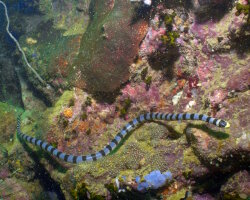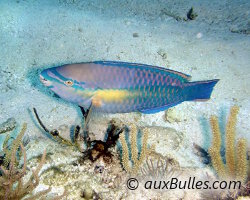Sealife guideThe purple gorgonianParamuricea clavata
Last updated on 09/02/2024 at 11:51 PM
Taxonomy
- Common name: Purple gorgonian
- French name: Gorgone rouge
- Spanish name: Gorgonia roja
- Scientific name: Paramuricea clavata (Risso, 1826)
- Family name: Paramuriceidae
- Order name: Malacalcyonacea
- Class name: The anthozoans [Anthozoa]
Description
The purple gorgonian belongs to the phylum Cnidaria and lives in colonies. The colony is fan-shaped and arranged in a single plane, perpendicular to the current.
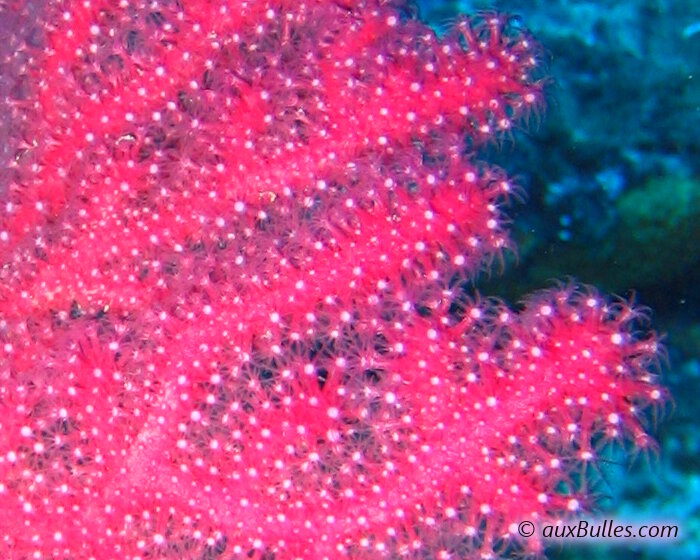
Close-up of the polyps on the mediterranean purple gorgonian
The polyps can reach up to 0.3 inches and are distributed all around the numerous branches. purple gorgonians can grow up to 3.3 feet.
Bright red to purple in color, it needs to be illuminated to fully display its brilliance !
Geographic range
The purple gorgonian is sometimes found at depths of 33 feet but is more commonly found between 66 and 328 feet.
It is mainly encountered in the Mediterranean sea where it forms colonies of varying sizes depending on the exposure of the area.
Habitat
The purple gorgonian is typically found in shaded areas on rocky walls, along drop-offs or on vertical surfaces of shipwrecks in areas exposed to currents.
Diet
The purple gorgonian feeds on micro-particles suspended in the water through its polyps. It is a passive filter feeder that requires the presence of currents to bring its food.
Reproduction
The purple gorgonian reproduces both sexually and less commonly, asexually.
Did you know ?
It takes several decades for the purple gorgonian to fully regenerate after damage such as from an anchor during boat mooring or accidental contact with a diver's fins.
Tips for observing
It is crucial to manage your weighting and buoyancy to avoid damaging the gorgonian branches with inadvertent fin strikes.
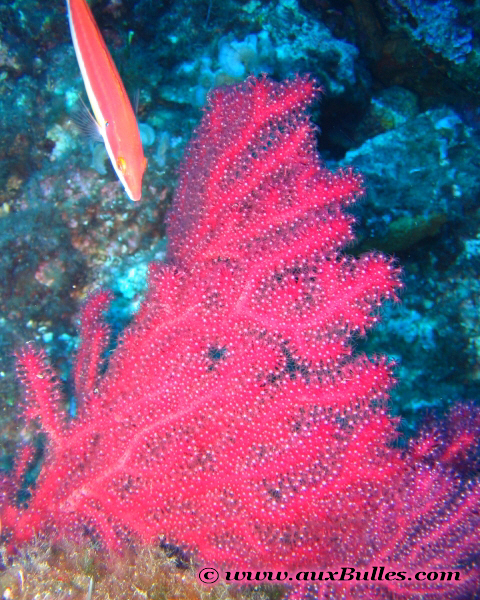
The mediterranean purple gorgonian glows under the light of a dive flashlight !
Otherwise, look for rocky areas subjected to currents which are its preferred habitat !
Discover also
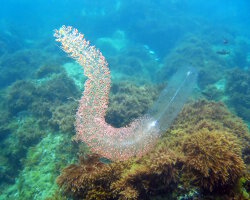
Big siphonophore
(Forskalia edwardsii)
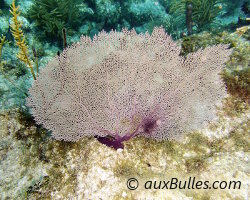
Common sea fan
(Gorgonia ventalina)
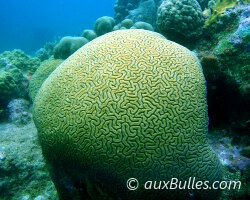
Labyrinthine brain coral
(Diploria labyrinthiformis)
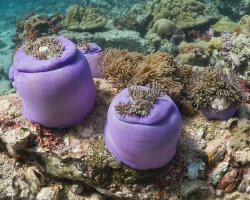
Magnificent sea anemone
(Radianthus magnifica)
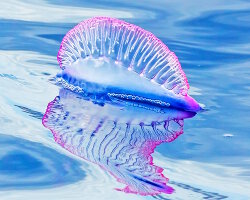
Portuguese man-o-war
(Physalia physalis)
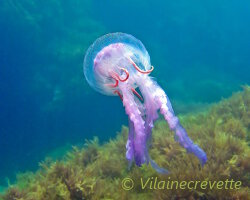
Purple-striped jelly
(Pelagia noctiluca)
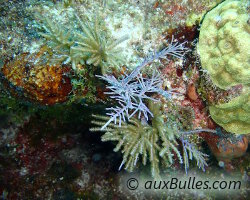
Slimy sea plume
(Antillogorgia americana)
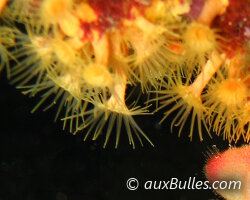
Yellow encrusting sea anemone
(Parazoanthus axinellae)
The marine species from Mediterranean sea

Dusky grouper
(Epinephelus marginatus)
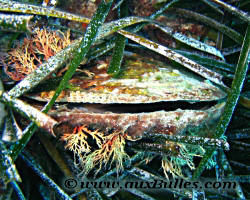
Fan mussel
(Pinna nobilis)
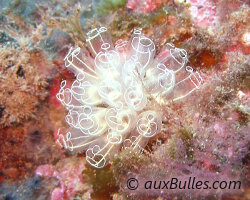
Light bulb sea squirt
(Clavelina lepadiformis)

Mediterranean spider crab
(Maja squinado)
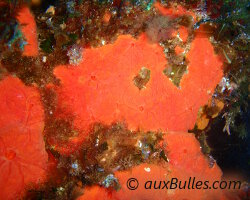
Orange-red encrusting sponge
(Crambe crambe)
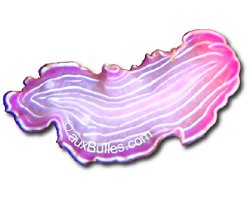
Pink flatworm
(Prostheceraeus roseus)

Purple-striped jelly
(Pelagia noctiluca)
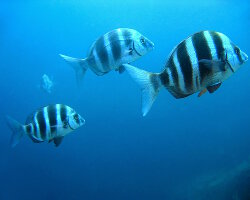
Zebra seabream
(Diplodus cervinus)


















